Intermediates
Gallantry and accessories
Blog Piekiełka
Opal - an expensive stone painted with a rainbow
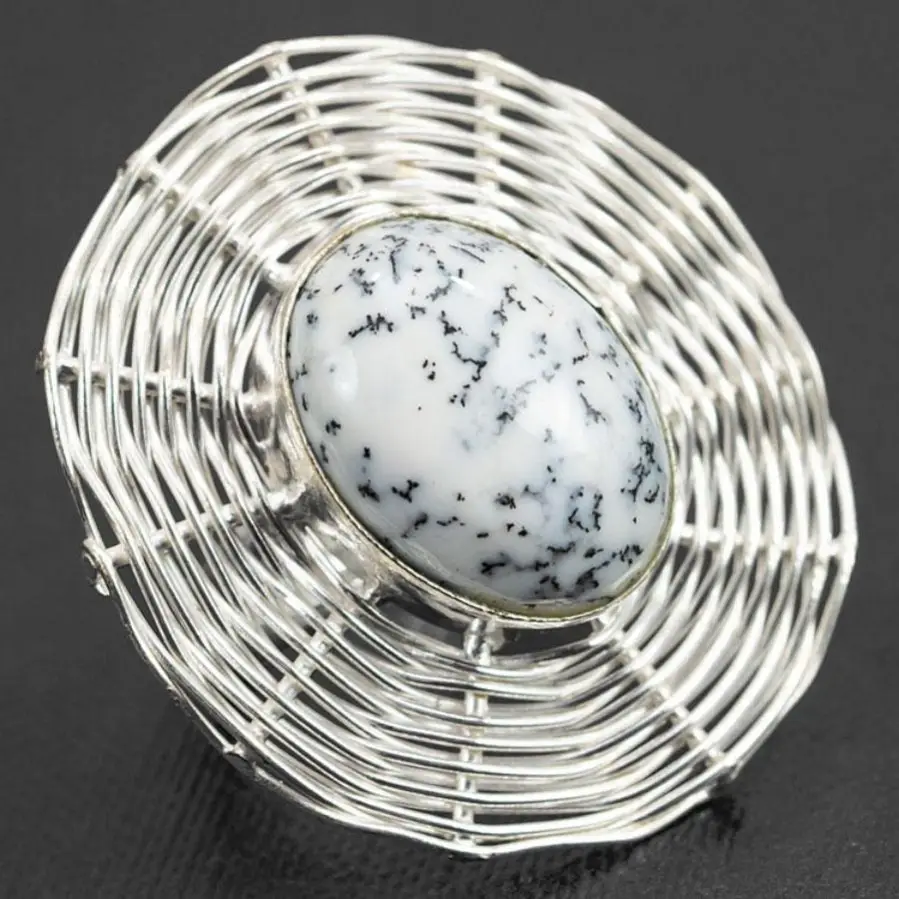
Opals were considered particularly valuable gemstones in ancient times. The gods who created them gave them the best qualities of other gems. Pliny the Elder, a Roman writer and historian, described opal as follows: "It has the gentle fire of ruby, the sparkling purple of amethyst, the splendid sea green of emerald, the golden yellow of topaz, the deep blue of sapphire, so that all the colors shine in wonderful blending." According to Greek mythology, the tears of Zeus, shed after his victory over the Titans, are collected in opal.
As healing stones, opals were then among the most powerful stones influencing the soul and true love, since even just looking at opals did not leave an effect. In India, wearing an opal was said to bring good luck.
The stone's name probably comes from Old Indian Sanskrit, where "upala" means "precious stone, jewel." An 18th-century encyclopedia (Grosses vollständiges Universal-Lexicon) mentions that the word opal has Greek-Latin origins and is derived from "oculus" = "eye." This has to do with the belief that the stone can effectively improve visual acuity. Others see a connection to the Greek word "opallios" or Latin "opalus," which mean as much as "to see a change (in color)."
Opals are secondary minerals, and the condition for their formation is the decomposition of silicates and volcanic rock material, which are the building blocks of opals. The bedrock in which opals occur varies depending on the place of origin. Australian opals, for example, are found in limonite or limestone, while opals from Honduras are found in basalt, from Mexico in rhyolite (an acidic outcrop rock), and from Louisiana in sandstone.
The best-known opal deposits are in Australia (Queensland), where the vast majority of all opals sold in the world are mined. In second place in terms of opal production is Ethiopia, and besides, these rainbow minerals are also found in the Czech Republic, Japan, Russia, Romania and Slovakia, among others. In Poland there are only opals of the non-precious variety.
Properties of opal
Chemically, opal is a hydrated silica with a composition of SiO2-nH2Oand is classified as a silicate. It is distinguished from other quartz minerals by the amorphous structure of the crystals and their water content, which is not the case with amethyst, rock crystal, citrine, tiger's eye and other stones. The proportion of so-called crystallization water in opals is not strictly defined, as it varies depending on the state and age of the mineral and ranges from 9% to a maximum of 20%.
Over time, the amount of water in crystals can decrease due to improper storage and natural aging. As a result, opals become cracked and brittle, and the typical color play is lost. Lubricating the cracks with wax, water or oil has only a short-term effect.
Opals belong to minerals with an amorphous crystallographic system, that is, even under high magnification you can't see crystal forms possibly an ordered lattice of crystals. This mineral does not show flakiness, and the fracture is shell-like to uneven. The luster of the stone is glassy, waxy or pearly, the transparency varies. Transparent opal is called crystal opal or water opal.
With a Mohs hardness of 5.5 to 6.5, opal belongs to the medium-hard minerals. Its density is 1.98 bis 2.5 g/cm3, depending on the water content.
Opal color, opalescence and opalescence
In addition to its white color, opals are better known for shining with all the colors of the rainbow, and in a way that no other mineral does. It is not without reason that the Flemish physician and mineralogist Anselmus de Boodt (1550-1632) counted opals among the most beautiful gemstones, which exhibit a remarkable play of colors. Another mineralogist Anton Estner (1730-1810) described the color of opal as follows: "Its play of colors, or rather their transition, usually runs from sky blue, azure or violet into golden yellow, and fiery and carmine red to emerald green. They shine in more or less visible forms of dots, specks, striations and streaks." The color of opal changes depending on the angle of view (opalescence), and a characteristic milky white or pearly glow (opalescence) appears due to the reflection of light.
The opalescence effect can produce different dominant colors, according to which several types of opals are distinguished: green, pink, gold, milky, fiery, blue and peacock.
Importance and use of opal
Due to color differences or the type of opalescence, a distinction is made between precious and ordinary (non-precious) opals. Non-precious opals are those whose rainbow colors of opalescence are not distinct. However, the play of colors in full dimension is presented by precious opals.
Not every opal has innate beauty, and many require certain treatments to primarily enhance the opalescence and contrast between the color of the mineral and the colors of the optical effect. The properties of opal are enhanced by proper cutting. These stones usually obtain a cabochon cut, by which is meant a flat grinding of the lower surface and giving a semicircular form to the top side. In this way, the brilliance of the polished stone and its original sparkle are clearly enhanced. Facet cut (multi-walled - brilliant) is used rarely and only for transparent opals.
Opals are used primarily in jewelry products, such as earrings, rings, bracelets, pendants. Besides, opals are used as healing stones, which, however, is done without confirmation by clinical studies.
Action on the physical level
Opal as a power healing stone already works when simply observed externally. Many people place opal in their homes or frame it as jewelry. In order for it to have an effect on the physical level, it should be worn on the body. Pendants, bracelets or earrings are used for this purpose. Through them the energy of the stone is transferred to the human body. Since opal can be formed from different starting materials, and in addition, it contains water of crystallization, in rare cases it can contain harmful substances dissolved in water.
As a gemstone, opal enhances a person's communication abilities and well-being through a variety of effects. It supports the stomach and intestines and strengthens the heart. In addition, its energy affects the absorption of iron and stimulates kidney function. Many people use the stone for digestive ailments or to treat skin rashes. Opal is also used to treat eating disorders, such as anorexia. It can work against anemia and relieve rheumatic symptoms.
Effects on the mental and spiritual levels
Opal, thanks to its properties, can awaken enthusiasm and joy of life in people. It provides tranquility while encouraging creative activities. It helps remove mental blockages. It is used in therapeutic work, eliminates inner impotence and stimulates action. It treats symptoms of burnout and gives new energy.
Also in professional life, it can help you get better personality development and achieve a creative state of mind. It is useful for conflict resolution and mediation process. It provides energy support.
Opal and zodiac signs
Opal is an important birthstone for the zodiac signs of Pisces and Cancer. For Pisces, opal is a lucky stone that brings joy in life and helps with sadness. For those under the sign of Cancer, it brings harmony.
Opal is also an important secondary stone for the zodiac signs of Aquarius, Virgo and Sagittarius. For Aquarius it gives creativity, inspires his imagination and helps him achieve his goals. Virgo gains more spontaneity and enhanced awareness through opal. For Sagittarius, opal is a lucky stone.
The largest opal in the world
No other country is as rich in opals as Australia. Most of these precious stones come from Australia, and specimens of extraordinary size are found there. In 1956, when the 16th Summer Olympics were held in Melbourne, an opal was found that went down in world history. Because of the circumstances, it was given the name Olympic Australis.
The Olympic Australis opal not only has an Olympic name, but also a world-worthy size. Namely, the largest opal in the world weighs 17,000 carats (about 3.4 kilograms) and exhibits the following dimensions: 28 x 12.5 x 11.5 cm. The color of this stone is light blue, and in addition to its weight, its price is also shocking, which in 2005 was $2.5 million.
Jewelry with opal
-
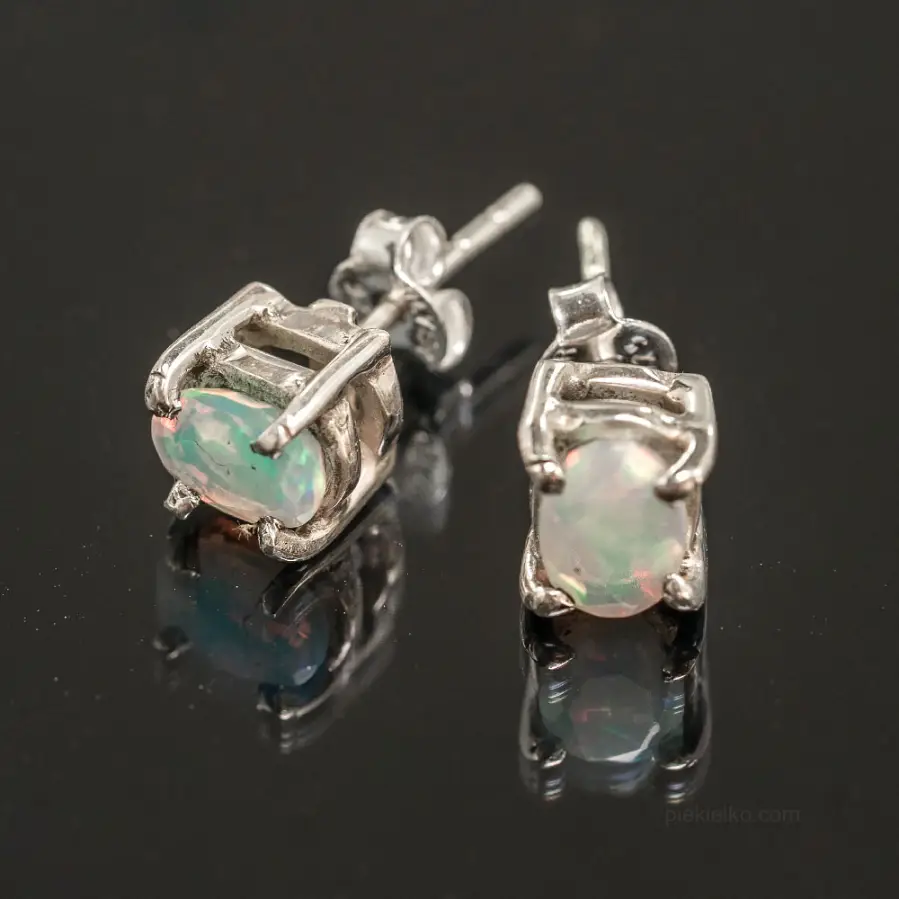
Silver stud earrings with white Ethiopian opal
200,00180,50 -
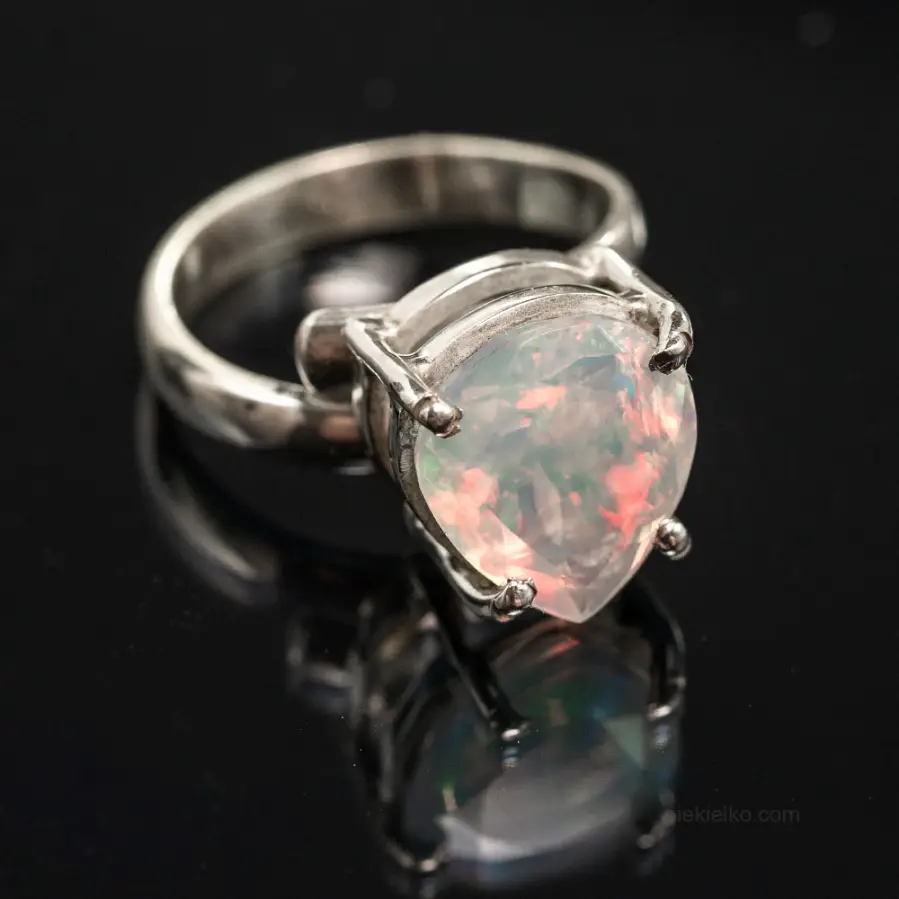
White opal from Ethiopia ring
510,00460,28 -
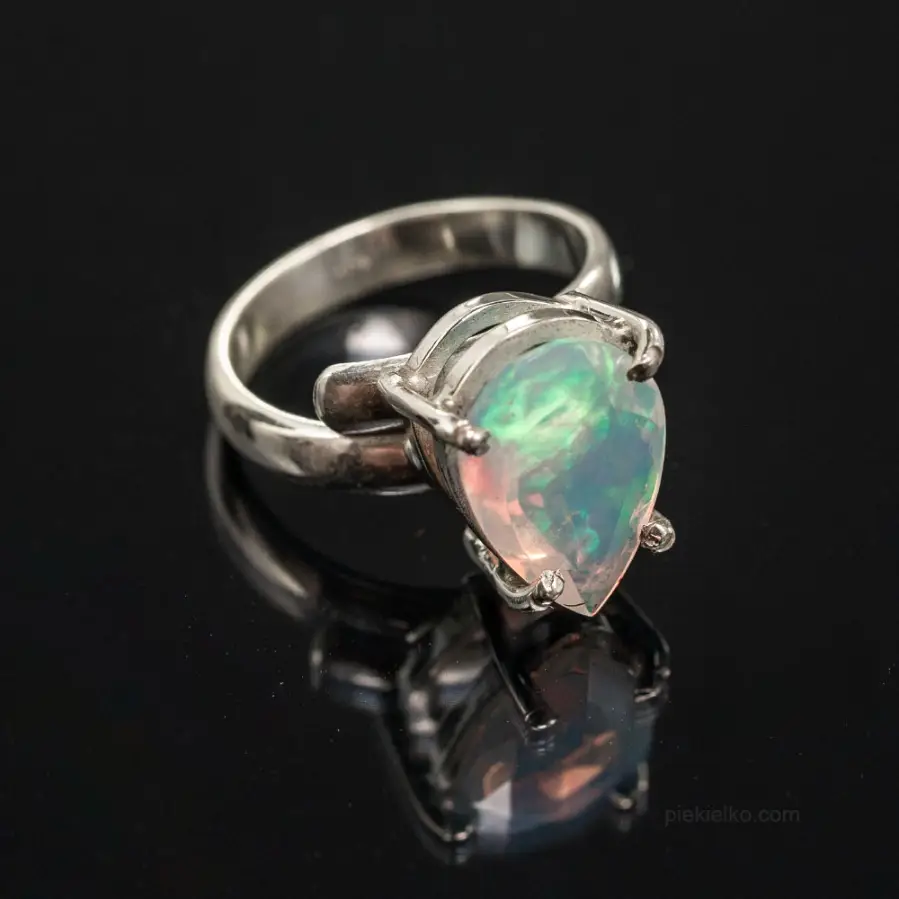
Ring with white opal
530,00478,33 -
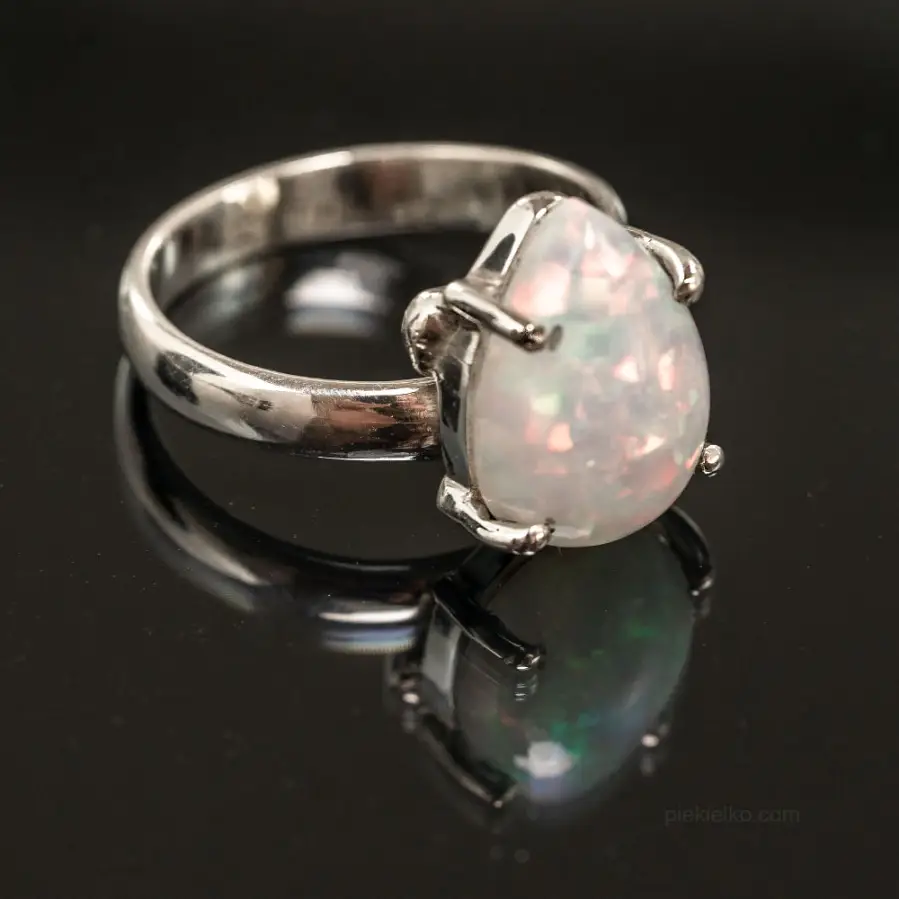
White opal, a natural gemstone
500,00451,25 -
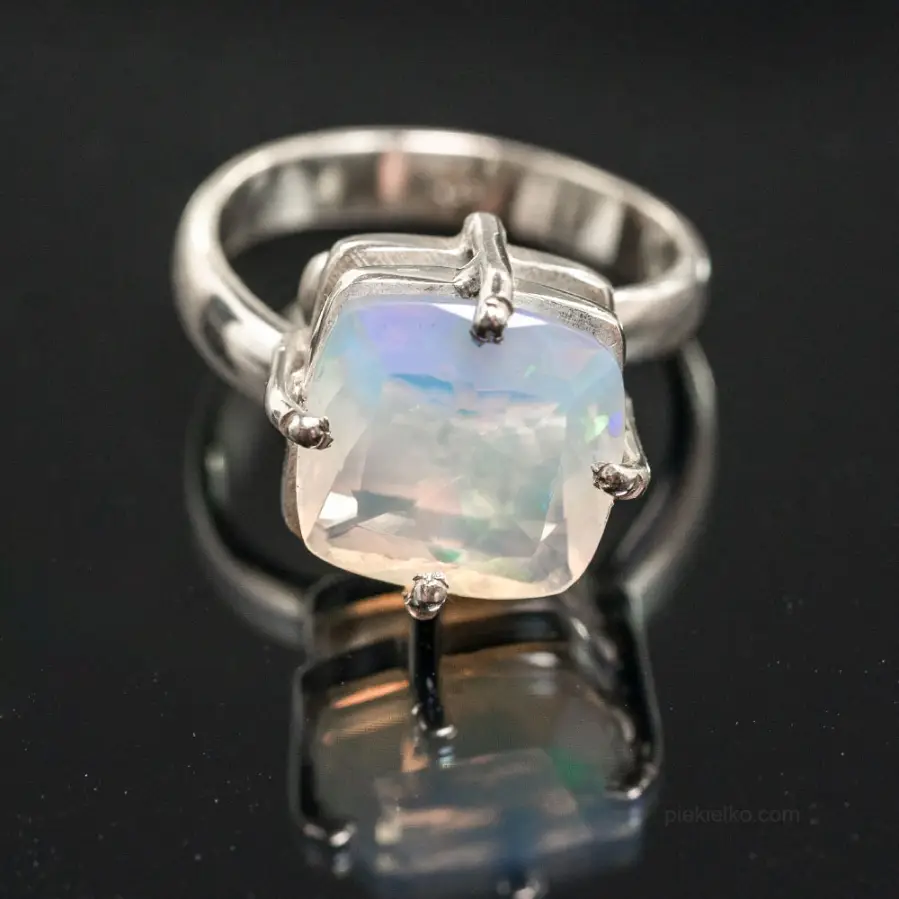
A flash of white opal from Ethiopia
550,00496,38 -
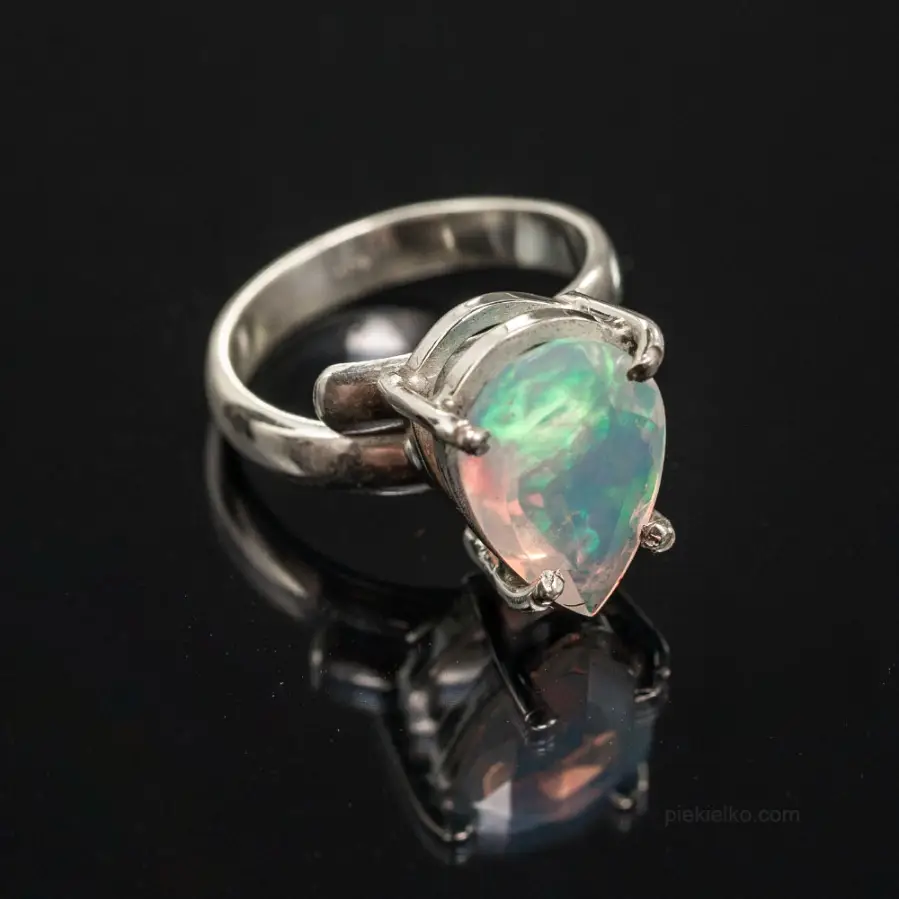
Ring with natural white opal from Ethiopia
540,00487,35 -
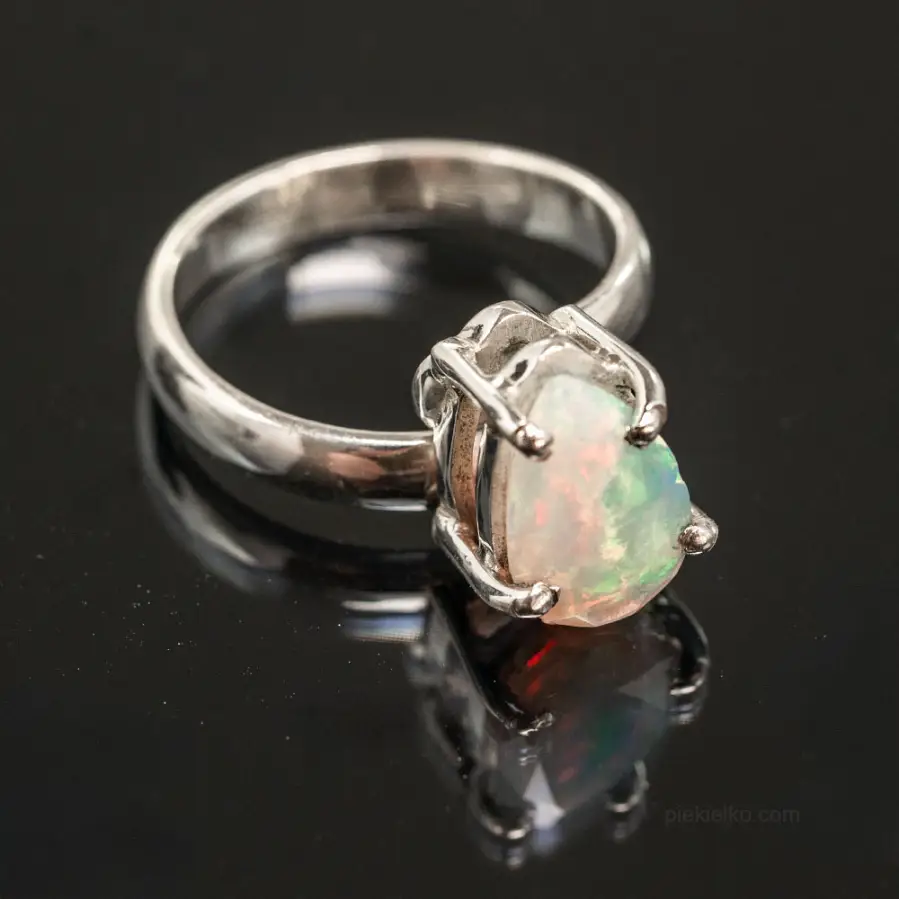
Small ring with natural opal
420,00379,05 -
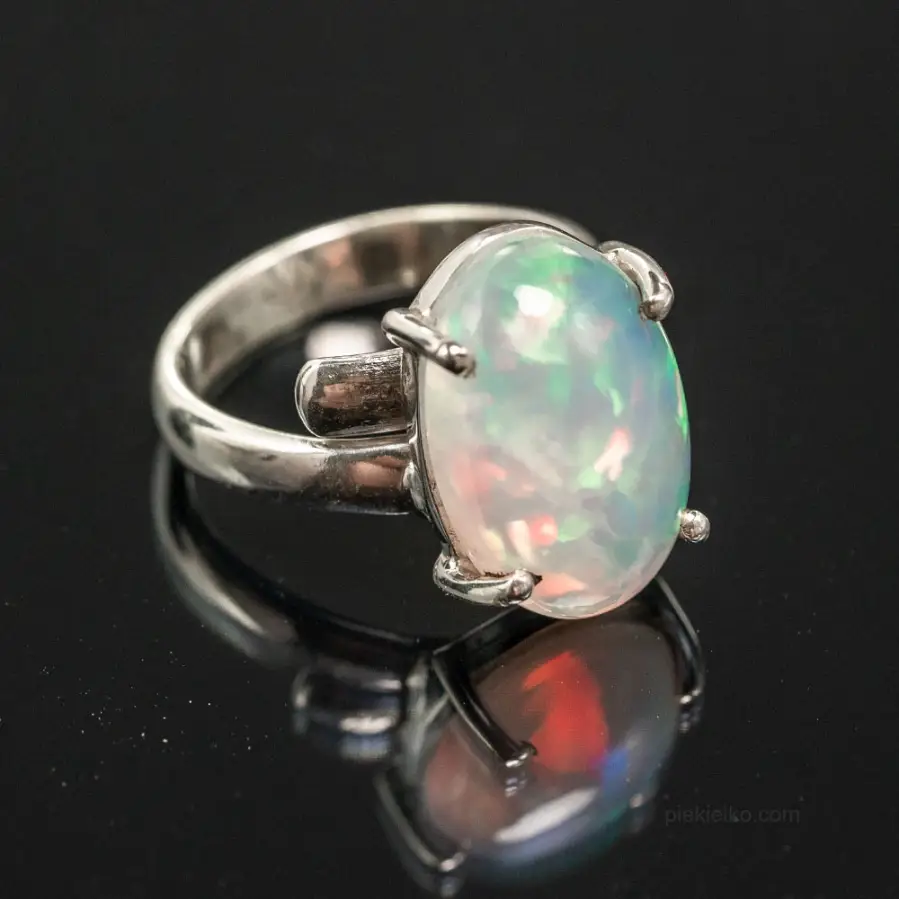
Ethiopian magic - opal ring
500,00451,25 -
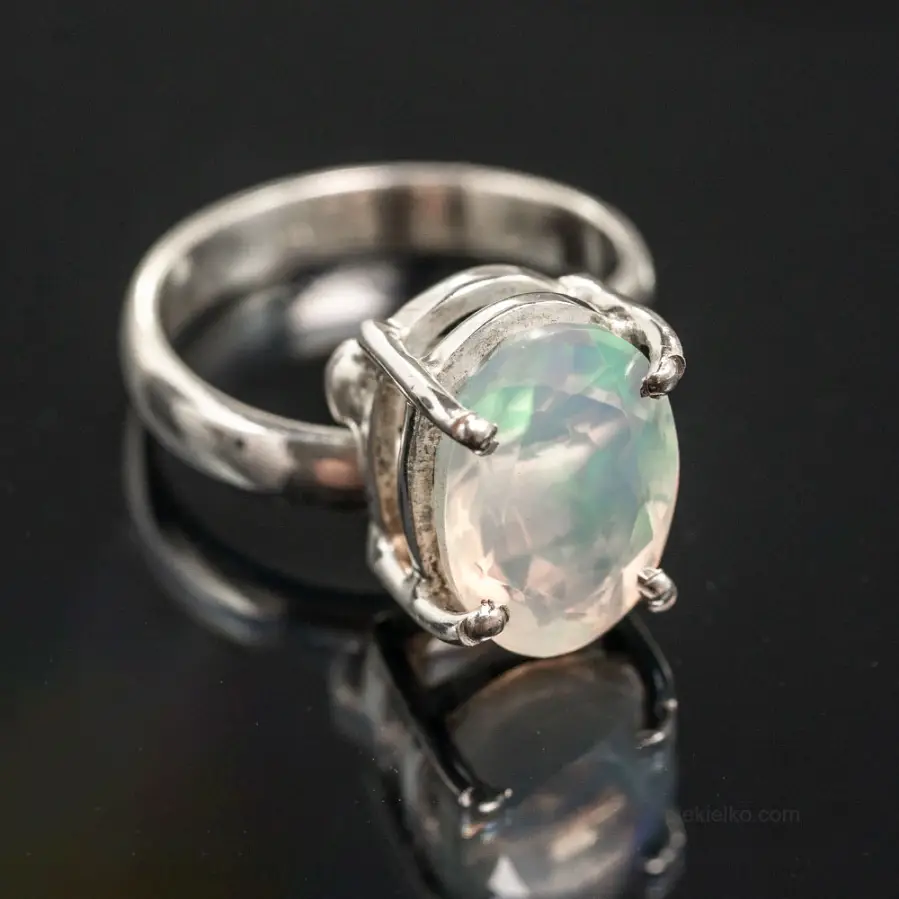
Opal magic - A ring that will enchant
530,00478,33 -
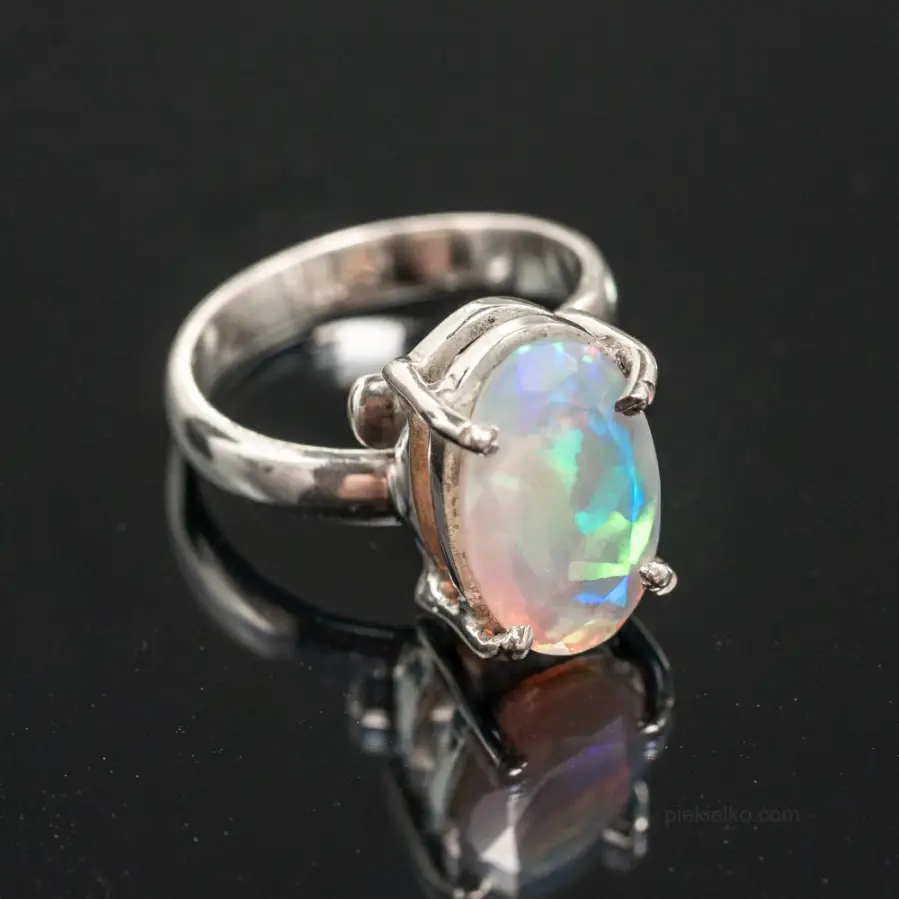
African Glow - Opal Ring
530,00478,33 -
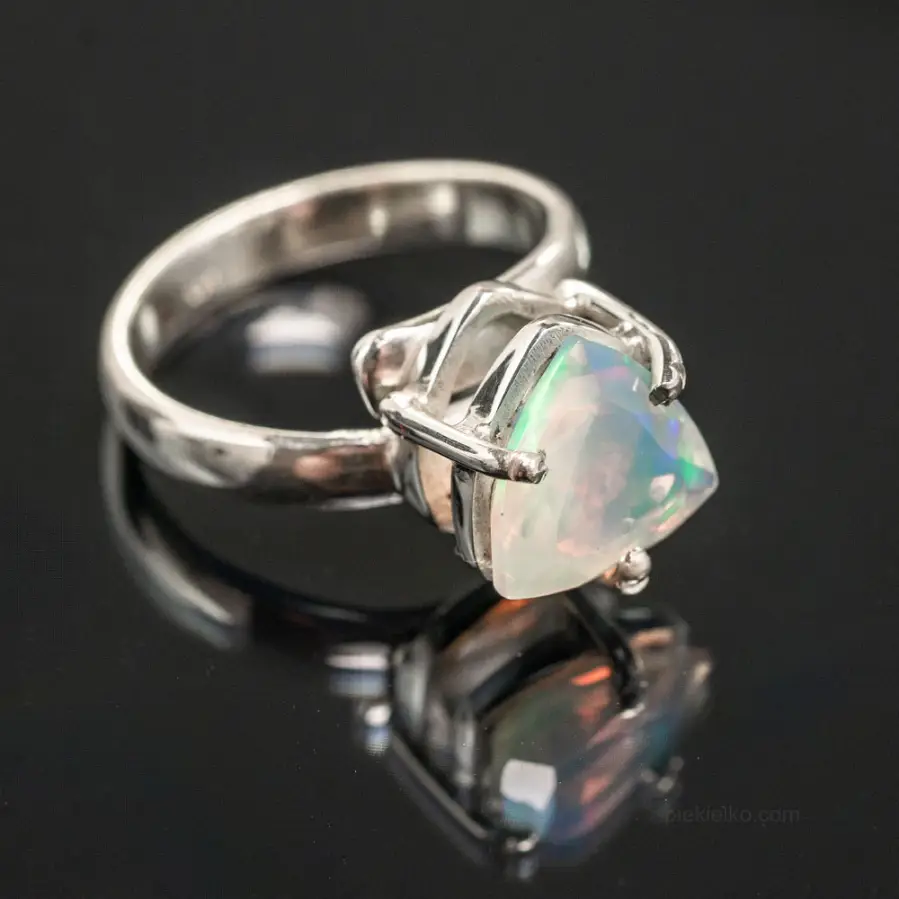
Magic of nature - Ring with white opal
500,00451,25 -
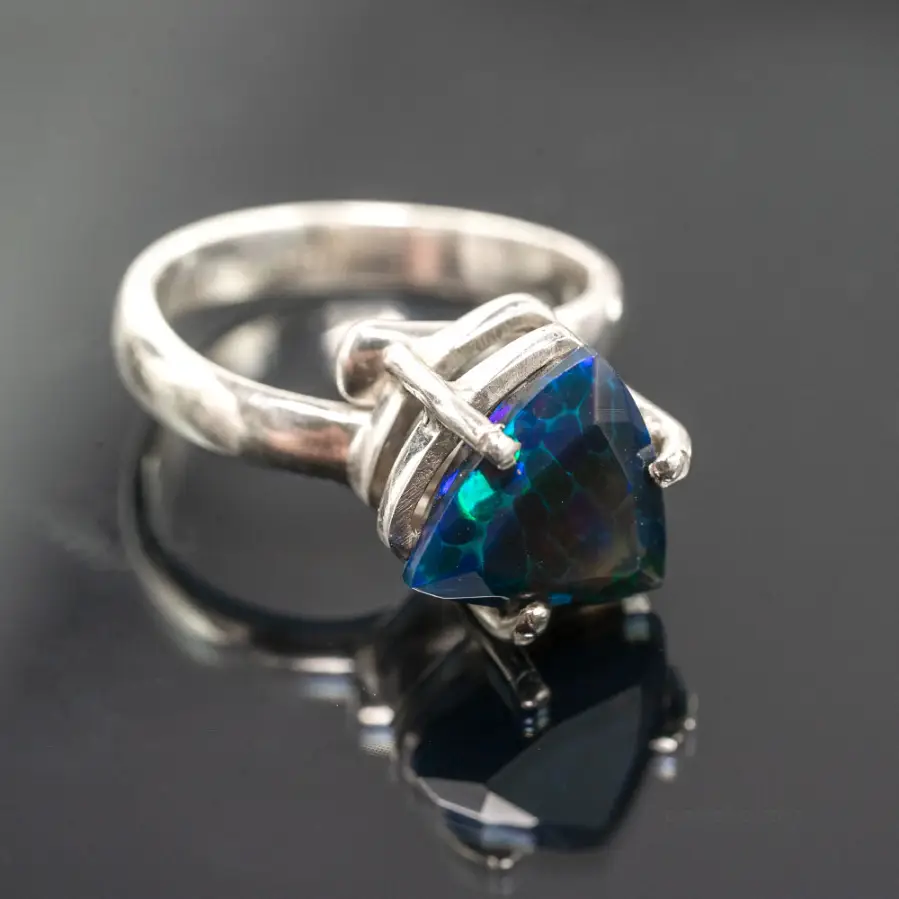
Silver ring with black opal
500,00451,25 -
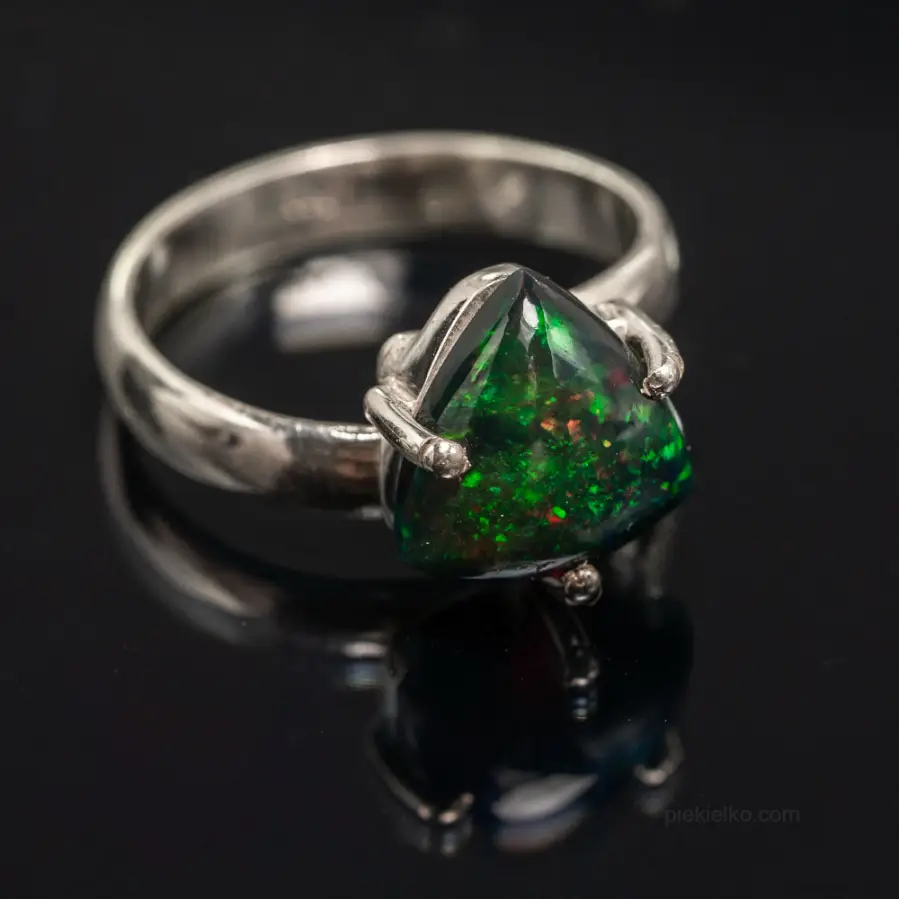
Ring with black opal
480,00433,20 -

Ring with black opal
500,00451,25 -

Ring with black opal
570,00514,43 -

Ring with black opal
460,00415,15 -
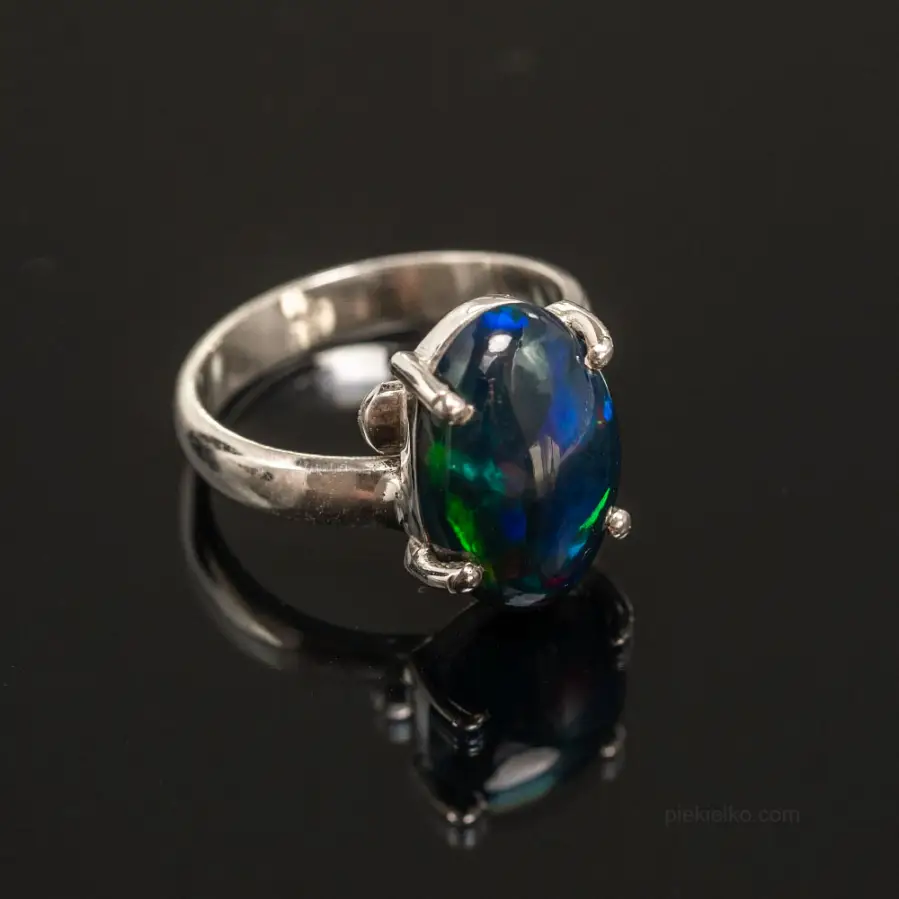
Ring with black opal
490,00442,23 -

Ring with black opal
470,00424,18 -
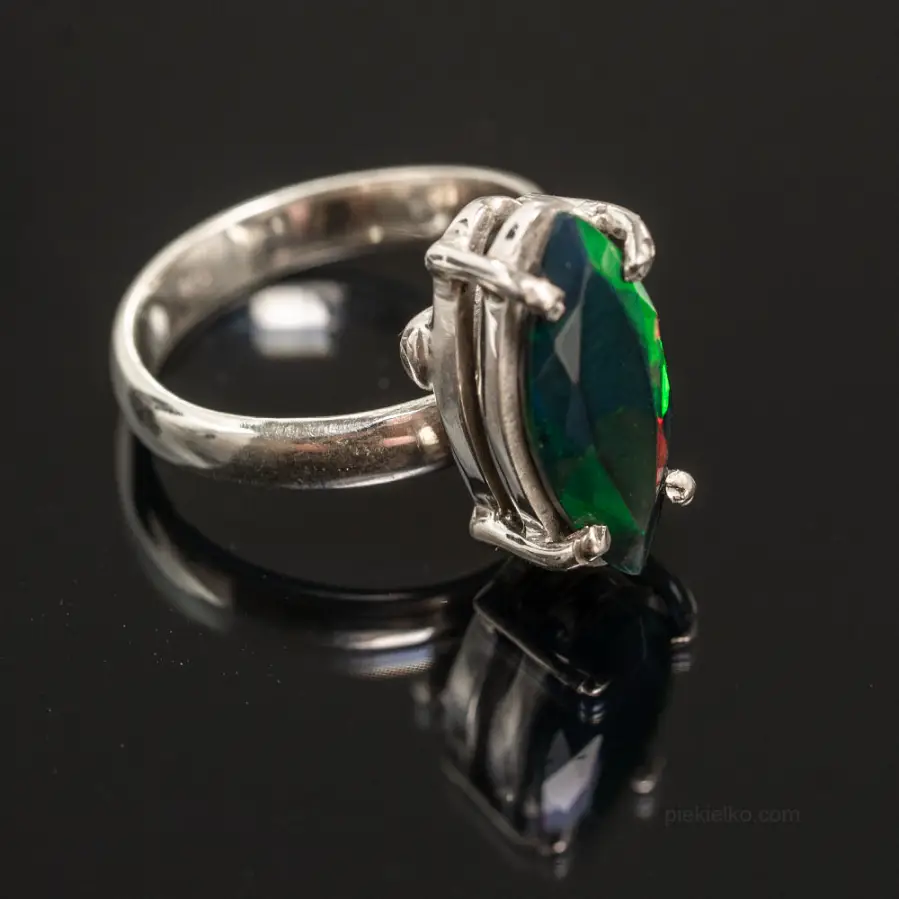
Ring with black opal
500,00451,25 -
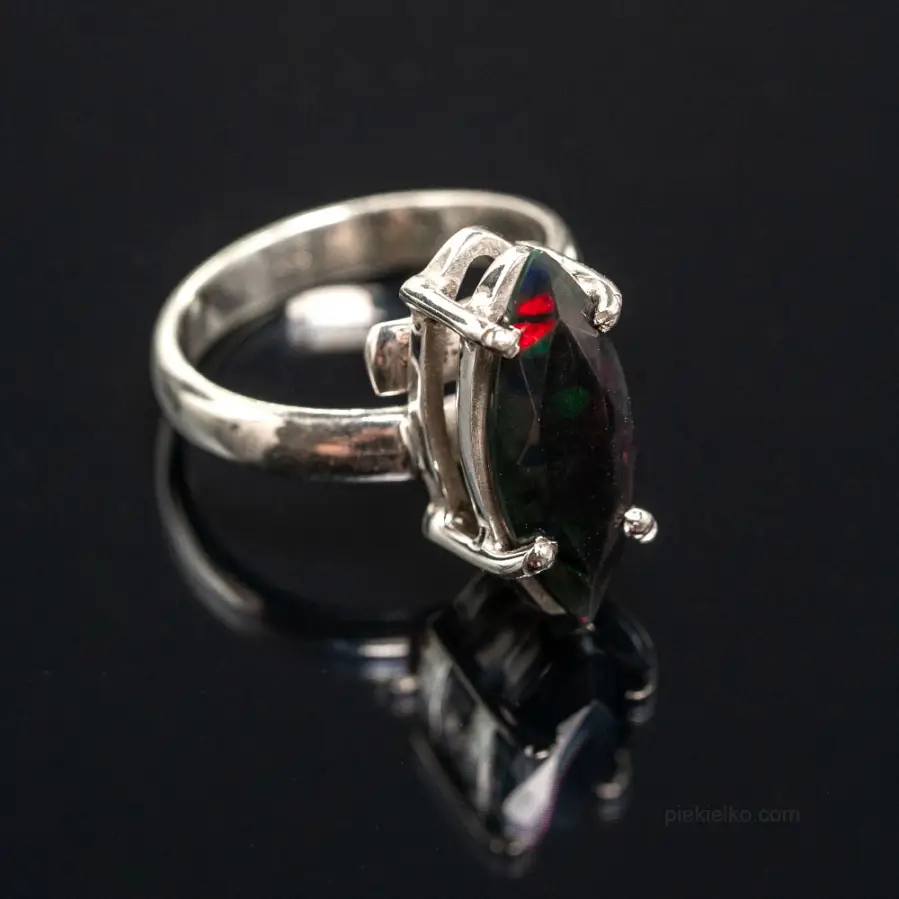
Ring with black opal
500,00451,25



© Piekielko.com

